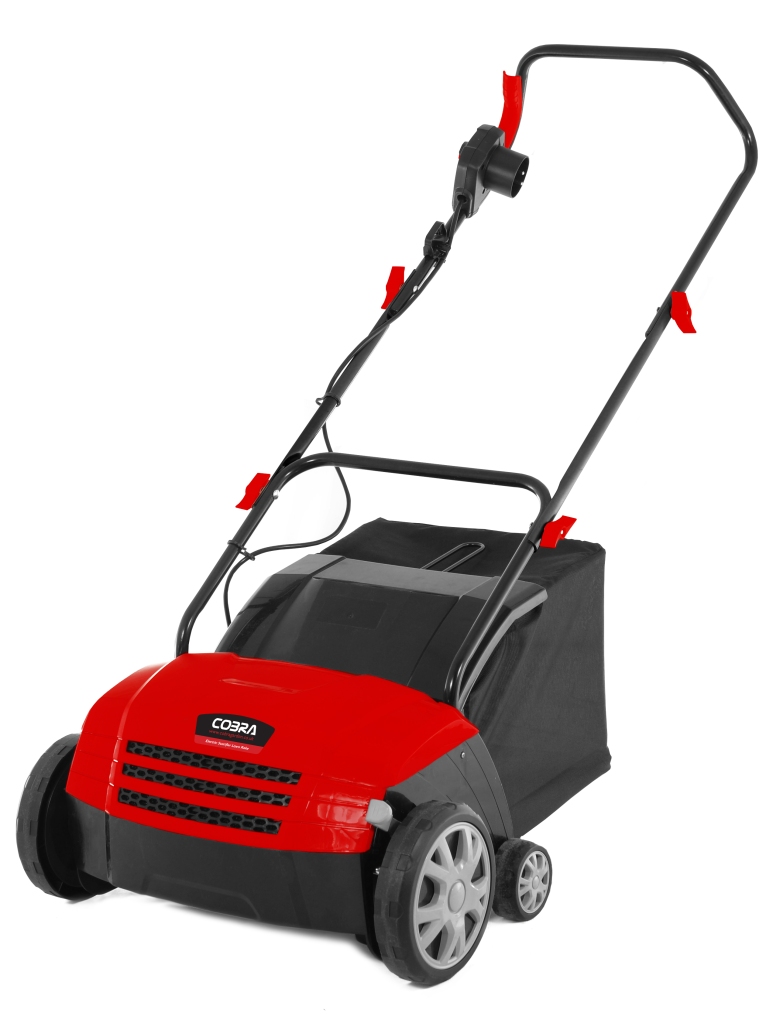Amidst the falling amber leaves, darker evenings, and crisp air, many people tend to overlook the importance of maintaining lawncare practices throughout autumn and are unaware of the excess stress this is causing their precious lawns.
As the hot summer season fades away, autumn is a crucial time for you to give the garden that extra bit of attention to ensure it survives any difficult winter conditions and is healthy and vibrant when spring comes around again.
We’ve compiled the most common autumn mowing mistakes, to help you know what to avoid doing and set the foundation for a resilient lawn that thrives year after year.
- Putting the mower away too early
In the autumn, grass typically grows more slowly as it focuses on strengthening its roots. While it is doing this, instead of stopping cutting, we advise that you raise the height of your mower’s cutting blade to approximately 5cm and only mow every week or fortnight. This will stop putting undue stress on your grass and will leave longer grass stems for your lawn to capture sunlight as the amount it is exposed to reduces. We recommend purchasing a mower with a wide range of adjustable cutting heights so you can make better use of your machine all year round.
Our MX3440V Cordless lawnmower has five cutting heights ranging from 25mm to 75mm, making it the ideal machine for every season.
You’ll know it’s time to put your mower away between late September and October when you experience the first frost. When the time comes, make sure you don’t put your mower away dirty – clear off debris and wash away dirt to unclog blades and reduce the risk of lawn disease.
- Mowing immediately after rainfall
Dry spells can be rare in autumn and a common mistake people make is to mow the lawn after it has been raining or whilst the grass is still wet. While it may be tempting to seek any opportunity to get the grass mown, mowing wet grass can damage your mower as it is more likely to clump and jam the cutting blades, which could cause things to overheat.
- Not aerating your soil
After a long summer of BBQs, garden parties and relaxing in the sun, soil can become compacted, preventing your lawn from getting the water and nutrition it needs. Our SA32E Electric Scarifier and Aerator has been designed specifically to suit the UK’s changing seasons and the aerator blade makes quick work of breaking down any compacted soil. The machine uses steel blades to make small holes in the ground allowing better air circulation, improving soil structure, and boosting your lawn’s overall health – making it luscious and green come springtime
- Forgetting to fertilise
Summer months packed full of varying temperatures, heatwaves and droughts, can sometimes leave lawns in need of a helping hand to get back to their prime. Apply a specifically formulated autumn feed to encourage root growth and give soil nutrients a boost. Sprinkle the fertiliser across your lawn and if it doesn’t rain within a day or two, water it in until absorbed.
- Letting leaves and debris build up
It can be tempting to let fallen leaves build up but it is really important to regularly clear and rake debris as it can block out sunlight killing your lawn underneath. Leaving damp leaves sitting on grass for a long period of time can also allow them to turn matted and cause thatch, becoming even harder to remove and encouraging fungus to grow. Leaves also prevent daylight and nutrients from reaching the grass, causing lots of future problems like weeds and moss.
Regularly make the effort to remove leaves to make the job less time-consuming in the long run. You can even use the leaves to make compost or mulch ready for any new spring planting.
- Ignoring brown or odd-coloured patches of grass
This year’s array of varied summer weather conditions will most likely have had a significant impact on lawn health across the country, so it is really important to pay close attention to any brown, dead or odd-coloured patches of grass. Autumn is the best time to reseed any patches of turf to ensure they get a chance to grow to a healthy level before winter, which will encourage more vibrant growth next spring. However, autumnal weather, being warm and damp, creates the perfect growing conditions for many fungi and lawn diseases. Keep an eye out for any changes to your lawn so you can act quickly and prevent a full infection from taking over your prized garden.


